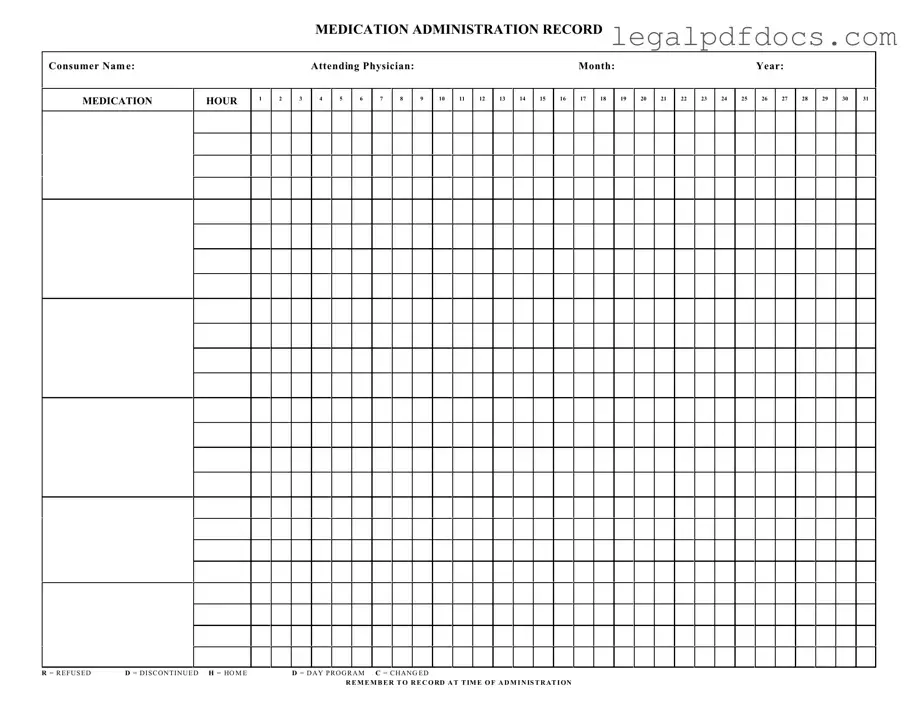Fill Out a Valid Medication Administration Record Sheet Template
The Medication Administration Record Sheet is a crucial document used in healthcare settings to track the administration of medications to patients. This form ensures accurate record-keeping, enabling healthcare providers to monitor dosages and timings effectively. For seamless medication management, consider filling out the form by clicking the button below.
Open Medication Administration Record Sheet Editor Here
